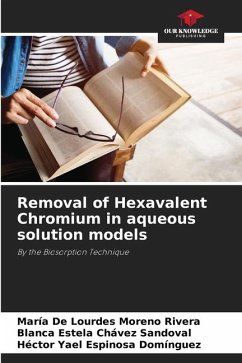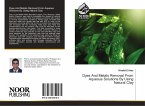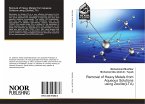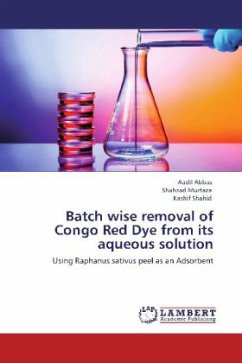This paper addresses the problem of hexavalent chromium pollution, the regulatory framework governing the amount of hexavalent chromium in wastewater, the purification technologies commonly used for its removal and the biotechnological options that have emerged in recent decades, including biosorption.Biosorption is a method where materials of biological origin are used to remove pollutants such as metal ions from water.The advantage of this method is that it is an economical, efficient technology for dilute effluents, it generates almost no sewage sludge and it is possible to recover the metal removed. In this research work, the biosorption capacity of hexavalent chromium was evaluated in batch or batch photobioreactors using Scenedemussp. biomass, which is a very common microalgae in freshwater and easy to cultivate.The results presented in this experimental work demonstrate that the biosorption of hexavalent chromium with microalgae for the removal of this pollutant from effluents is an efficient and economical process.
Bitte wählen Sie Ihr Anliegen aus.
Rechnungen
Retourenschein anfordern
Bestellstatus
Storno








